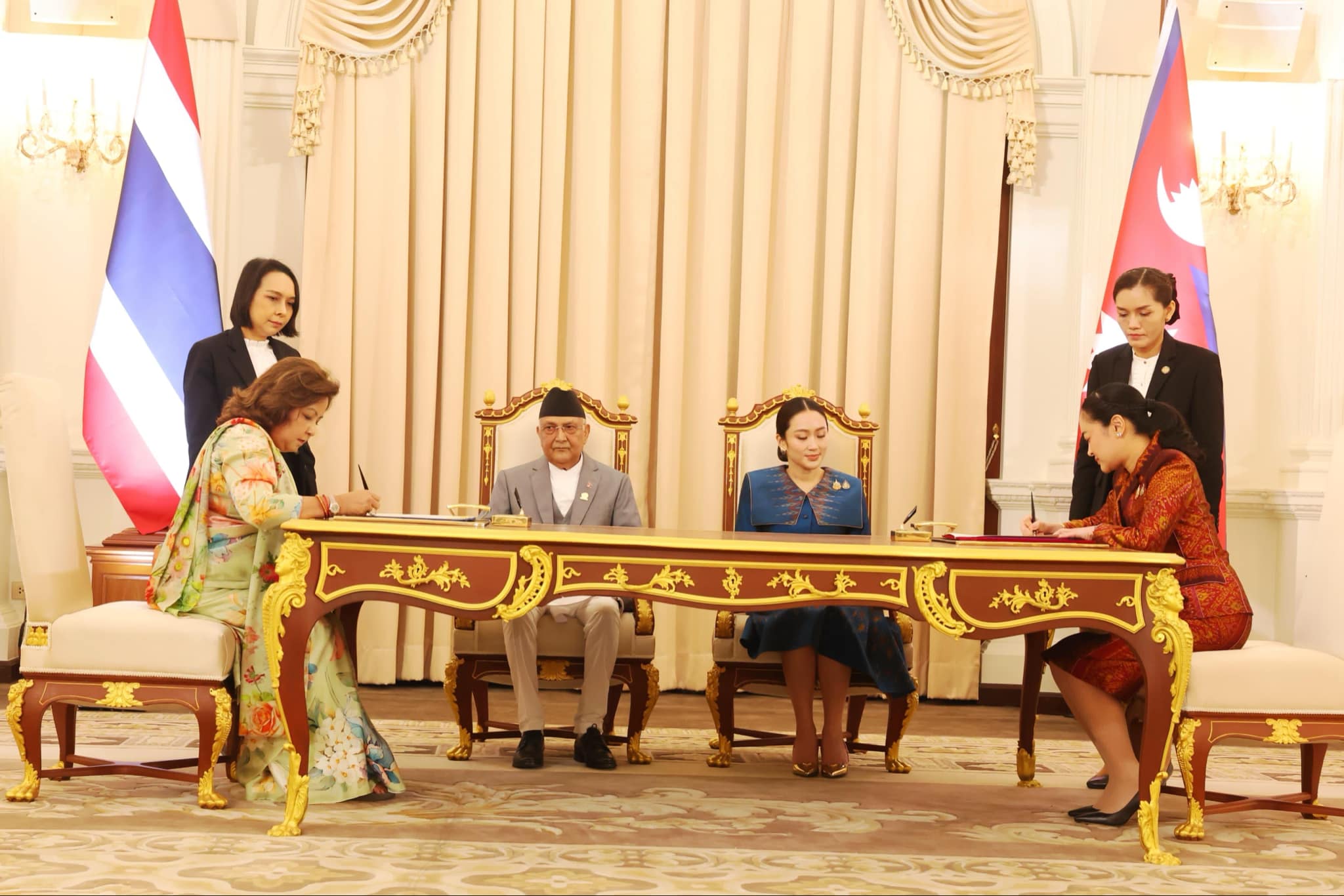China’s 2025 Economic Work: Why does this matter to Nepal?

KATHMANDU : China is again in the global headlines for its annual economic priority programs. Recently from December 11 to 12, China held the ‘Central Economic Work Conference’ in Beijing. According to a report in China Daily, the meeting said, ‘we must face up to the difficulties, strengthen our confidence, and strive to transform all positive factors into actual achievements in development.’
Why China’s 2025 economic priorities and programs matter to Nepal and rest of the world? Global Times, in its editorial, rightly said, ‘only by understanding the vast amount of information released from the Central Economic Work Conference can one grasp the logic of China’s development.’
Many global media outlets have picked this event. Germany’s global channel DW, wrote on 13 December , ‘China’s top annual economic meeting concluded yesterday, with leader Xi Jinping announcing fiscal and monetary policies aimed at boosting growth, including talking steps towards interest rate cuts and more government borrowing.’
From Nepali perspective, as a neighbor of the world’s second largest economy from GDP and largest economy from PPP, we need to have close look at China’s economic path of 2025. Globally, this year’s economic plan will be important as Donald Trump returns to the White House as 47th President of the US and the world will wait and watch how will the world’s two superpowers will move on economic front owing to the dawn of economic war initiated by Trump in his first tenure as 45th President of the US.
The meeting has prioritized some major areas like, leading the construction of a modern industrial system, expanding domestic demands, deepening reforms in some key areas, expanding high-level opening up, preventing risks, preserving in doing a good job in rural work. Likewise, other topic included in the gathering were promoting urban-rural integration, constructing ecological civilization, improving people’s livelihood.
Among these points expanding domestic demands and high-level opening-up are crucial points from Nepali point of view. For example, on 16 December, Nepal and China inked exporting processed buffaloes meat worth USD 1.5 billion from Nepal to China. It happened days after an official state visit to China by Nepali Prime Minister KP Sharma Oli. After the inking, China’s ambassador to Nepal Chen Song wrote, ‘immediately after successful visit of Rt. Hon. PM and agreement on Buffalo meat exports to China. The game changing MOU of Strategic Cooperation for the Nepal- Thermally Processed Buffalo Meat Products Export Project to China inked today, which has opened an over 100 billion Rupees buffalo farming industry in Nepal, benefiting tens of thousands of rural families.’ This MOU inking has directly linked to China’s expanding domestic demands and high-level opening-up. Nepal’s exports, tourism footfalls and FDI can have positive impacts from 2025 economic pathways of China.
Before this buffalo MOU, Nepal did export its vegetables grown with Chinese support to the Gulf state of Qatar in last September for the first time. Nepal can utilize China’s vast supply chains to exports its agricultural, herbal and other products to the global markets. This is possible even to export in various Chinese cities.
For Nepal and China, there are many potential areas of win-win collaboration and cooperation during China’s ongoing 14th five-year plan and upcoming 15th five-year plan starting from 2026 to 2030. The nine key tasks outlined in Central Economic Work Conference can references for this collaborative journey towards prosperity.















